- About us
- Support the Gallery
- Venue hire
- Publications
- Research library
- Organisation chart
- Employment
- Contact us
- Make a booking
- Onsite programs
- Online programs
- School visit information
- Learning resources
- Little Darlings
- Professional learning
Norman Lindsay (1879–1969), artist, cartoonist, and writer, came from a family that produced five artists: Percy, Lionel, Ruby and Daryl Lindsay were the others. Norman Lindsay left home when he was sixteen to live with Lionel in rented rooms in Melbourne. There, he drew illustrations and cartoons for the sensational rag the Hawklet and was a member of the bohemian artists’ club self-styled the Prehistoric Order of Cannibals. He spent the summer of 1897–98 living in the artists’ colony of Charterisville, making drawings jointly inspired by the Decameron and the neglected gardens around his cottage. In 1901 he moved north to make his permanent home in the Blue Mountains, where he worked for the Bulletin in an association that lasted almost to his death. Meanwhile, his first novel was published in 1913, and by the 1920s he was both proficient and prolific in pen and ink drawing, etching, woodcuts, painting and sculpture. A disciple of Nietzsche from early on, Lindsay loathed Christianity, and his art depicts Bohemianism and Arcadian pantheism admixed in a fantasy world. As early as 1904 his work was deemed blasphemous; in 1930 his novel Redheap was banned and the following year the police proceeded against an issue of Art in Australia that showcased his pictures. Seething with lush nudes, his paintings and prints remain popular with collectors, and his cheerfully violent The Magic Pudding (1918) is still regarded as an Australian children’s classic.
Max Dupain opened his own photographic studio in Sydney in 1934, and the following year his work was published for the first time in The Home. The photograph of Norman Lindsay – whom Dupain frankly admired – is from the first flurry of glamorous shots he took over the course of the 1930s.
Collection: National Portrait Gallery
Purchased with funds provided by Timothy Fairfax AC 2003
Tim Fairfax AC (54 portraits supported)
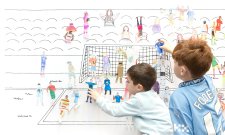
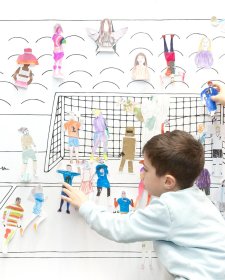
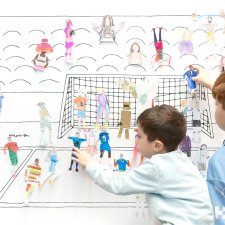
Create your own fan bracelet, design a soccer card, and show off your skills with fun movement challenges.
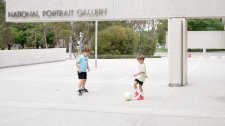
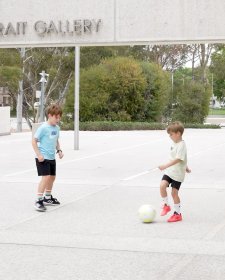
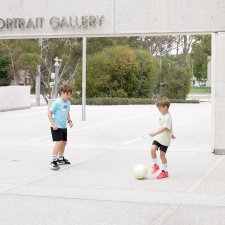
Celebrate our new commissioned portrait of the CommBank Matildas by artist Angela Tiatia.
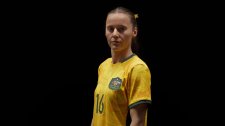
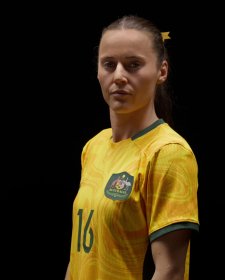

Discover the magic of sport and storytelling through art and play!